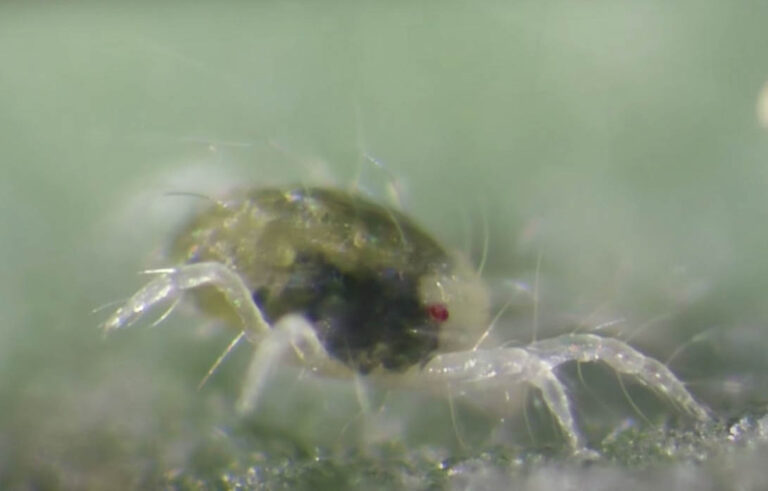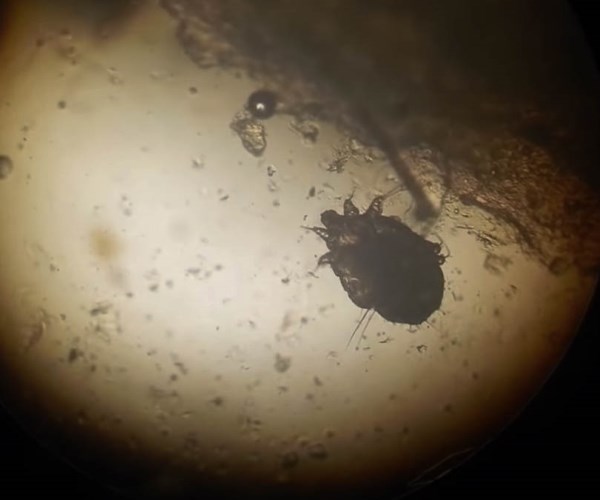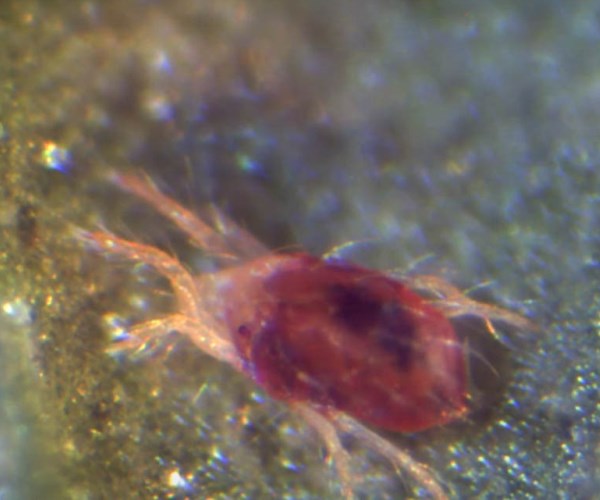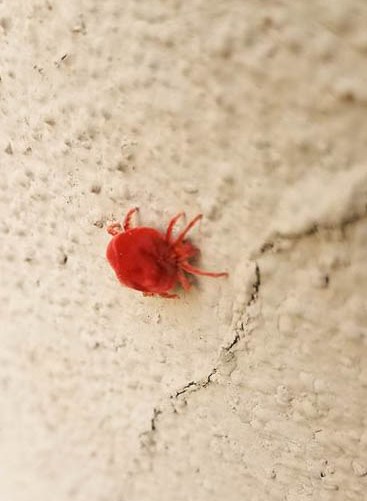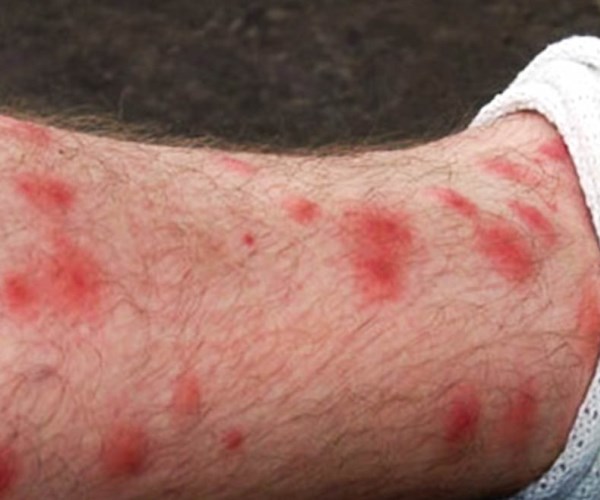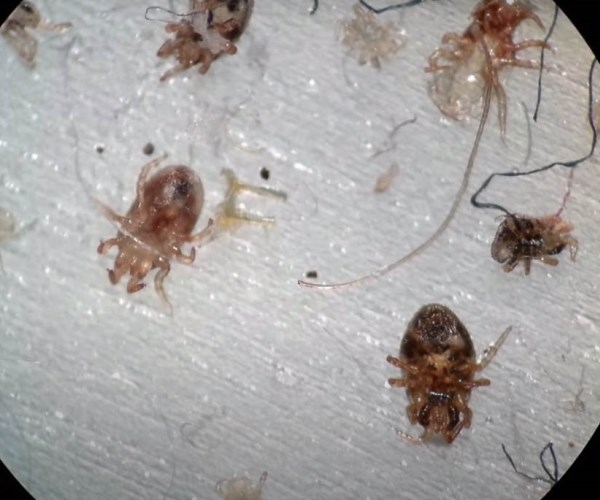About House Dust Mites
About House Dust Mites
Being allergic to dust is a problem that a lot of people have. In fact, it’s estimated that over twenty million Americans are allergic to the stuff. These allergies can lead to some minor side effects, like a cold. In more severe cases, however, the allergies can lead to asthma or even worse symptoms.
The thing is that dust allergies aren’t related to the dust itself, but to the dust mites who are found there! These tiny creatures are responsible for millions of allergies around the world, and they’re hard to get rid of so there’s no end in sight.
Appearance
House dust mites are often referred to as dust mites, and there are actually a small handful of different species who go by this name.
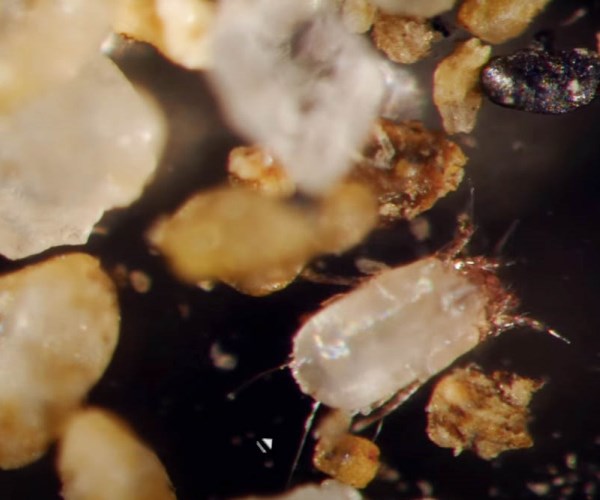
Odds are that you’ve never actually seen one with your own eyes, even though your house is probably home to many of these tiny creatures. That’s because dust mites are tiny, and they are under 0.3 mm in size. That’s about a hundred times smaller than an inch, or less than a third of the thickness of a penny!
It doesn’t help that these pests have translucent bodies, making them almost impossible to spot by accident. These minuscule animals are related to spiders and ticks, which is why they have eight legs. What’s interesting is that these animals actually lack eyes.
Behavior
Mites are really small, so you’ve got to wonder what they eat and how they sustain themselves. It turns out that these mites have a reason for being found in dust, and it’s because they actually eat the stuff!
More specifically, dust mites eat human skin. They wait for your skin to naturally shed into flakes, which end up forming the dust we see around us. Dust mites then start eating them, along with any mold or other small substances they might find.
Most creatures, like people, digest food inside their stomachs. Dust mites, on the other hand, don’t do this. They have a weird system for processing food because their stomachs aren’t very good at actually digesting food. That’s why they can’t use most of the food they eat, and it ends up leaving their system as dung.
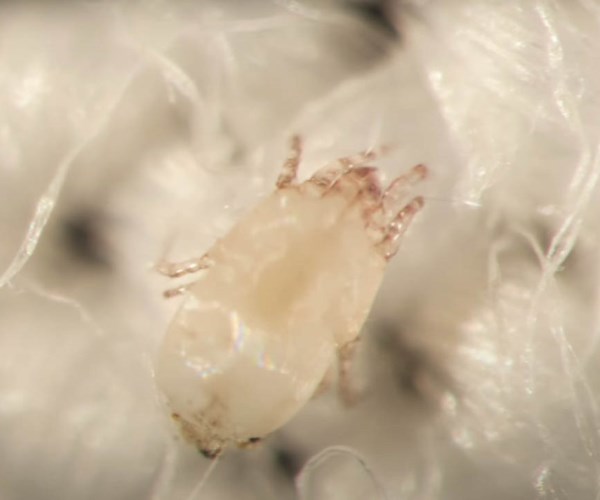
What’s fascinating is that this dung is different from most animal’s waste, and is covered in a thin film and has special enzymes inside of it. These enzymes will help break down the food so that the mite can return to it and eat the undigested food at a later point in time.
This is so common that dust mites leave upwards of twenty of these dung pellets every day!
Life cycle
Like other small animals, dust mites have a very short lifespan. Most of them live for three months, a third of which is spent developing into an adult.
These arachnids start out their lives as small, vulnerable eggs. It takes them between a week or two to hatch and enter their second stage of life. These mites become small larvae. Their whole purpose is to eat and grow during this stage. After this, they go through a few nymphic stages. During these stages, mites look like smaller versions of the adults. Once this is over, the mite becomes an adult and can start laying its own eggs.
Female dust mites can lay more than one egg a day once they become adults. That means that a single female adult can have at least sixty children, though they’ll often have much more.
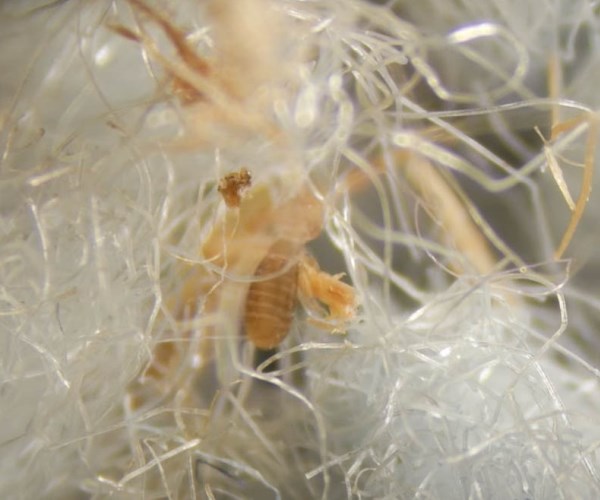
Habitat
Dust mites can be found throughout the world, but they’re particularly fond of humid regions. That’s because their bodies are over seventy-five percent water, and they need humidity to survive because they don’t have a respiratory system.
They can be found anywhere in your home. They can be on your carpet, in your bedding, and in couches.

